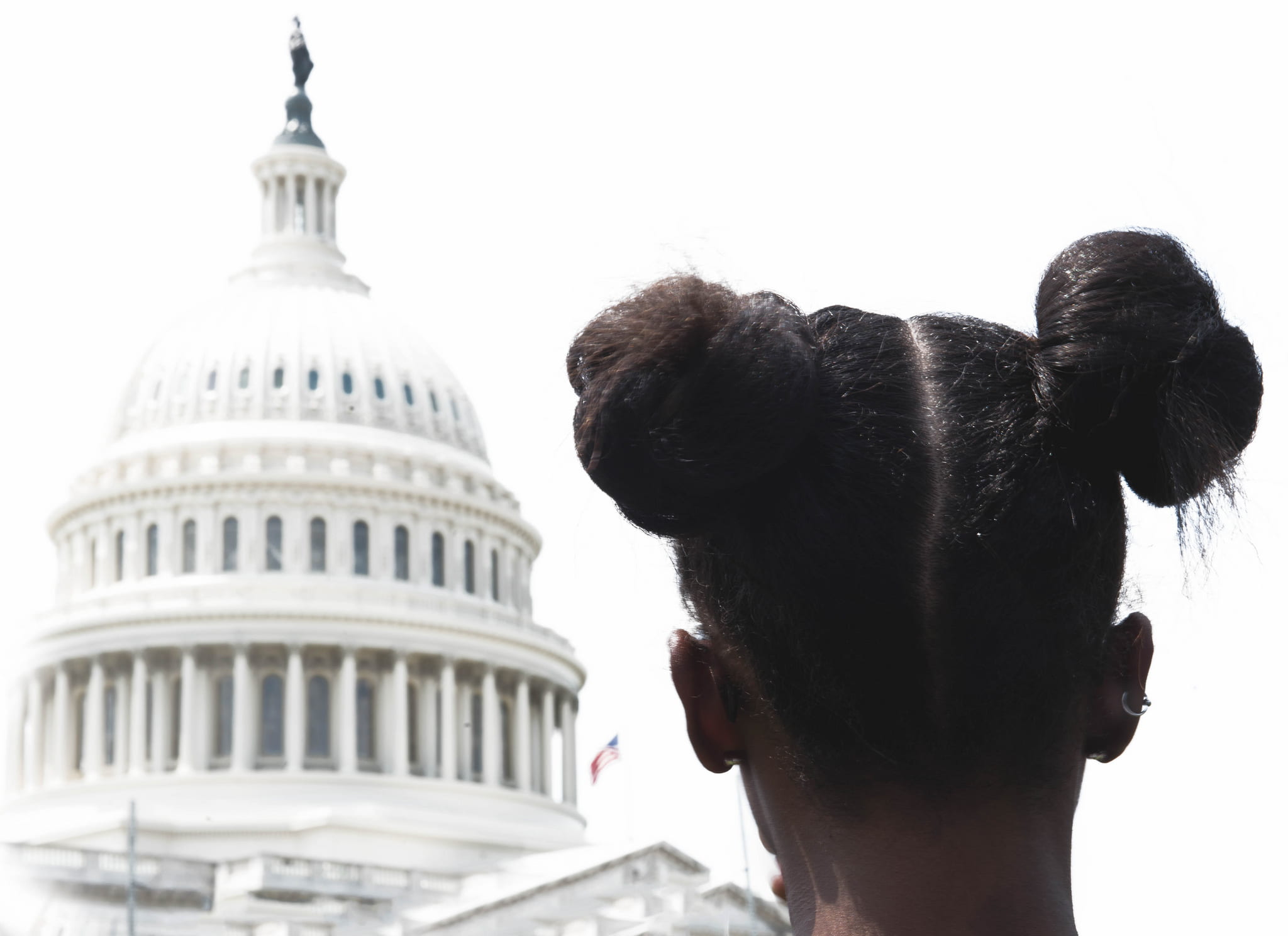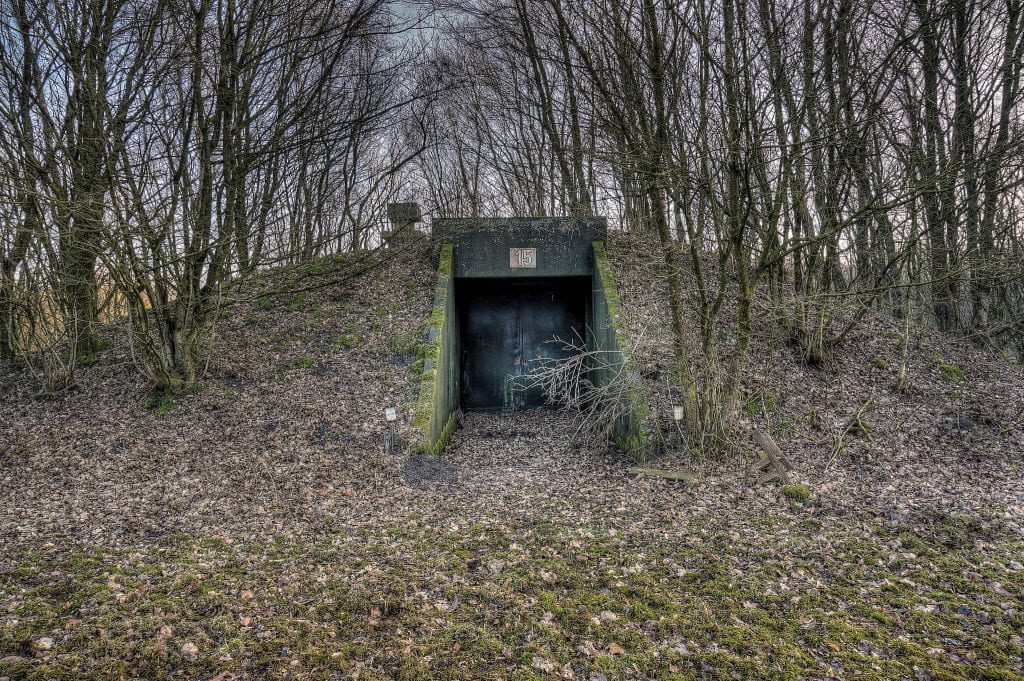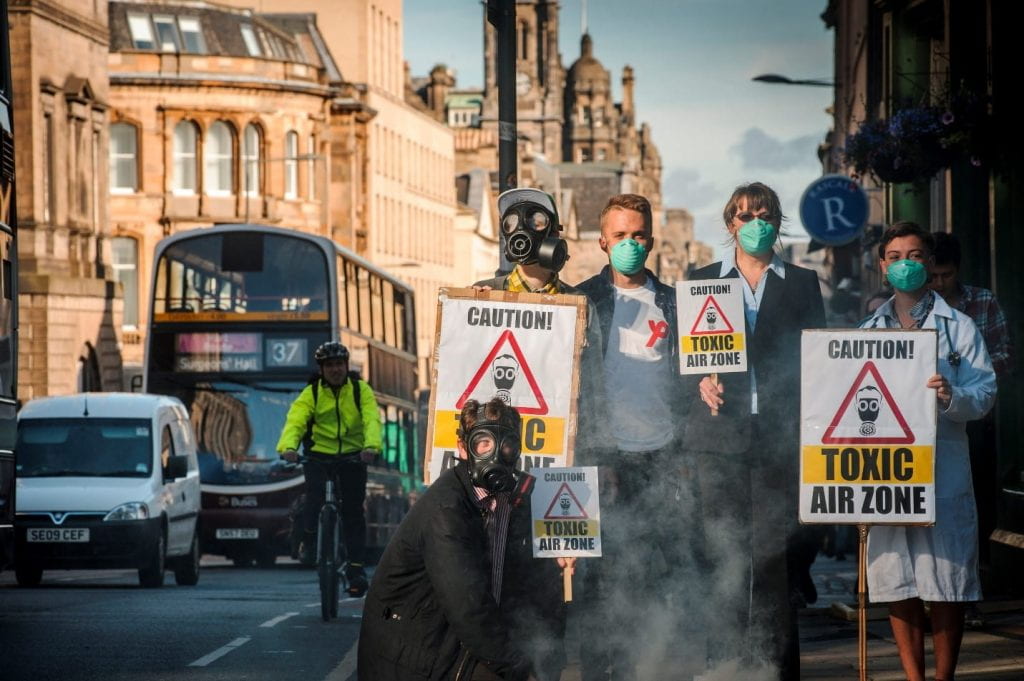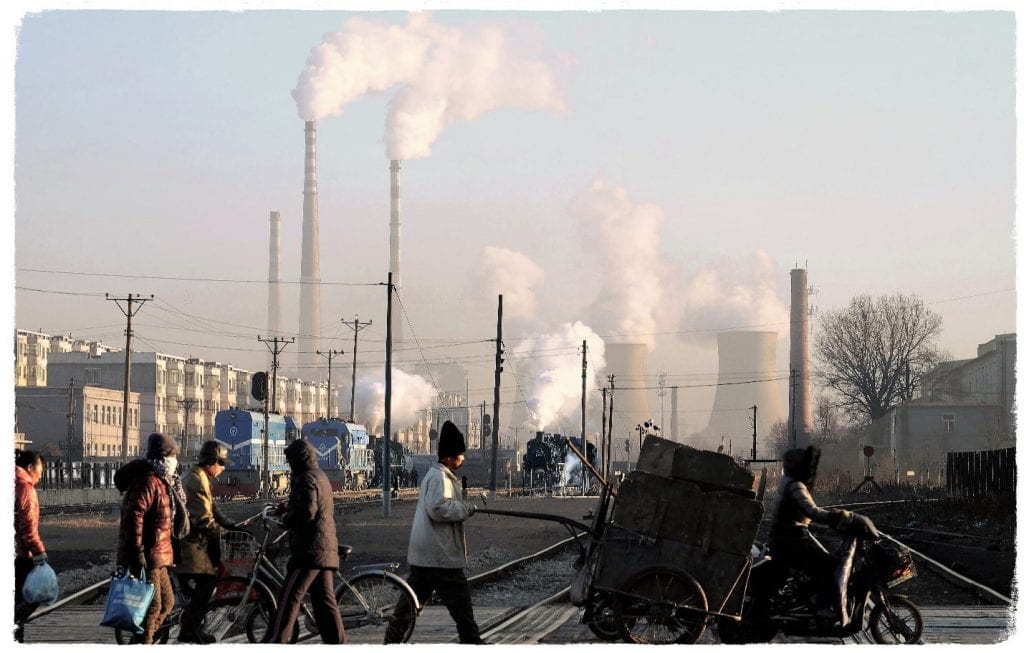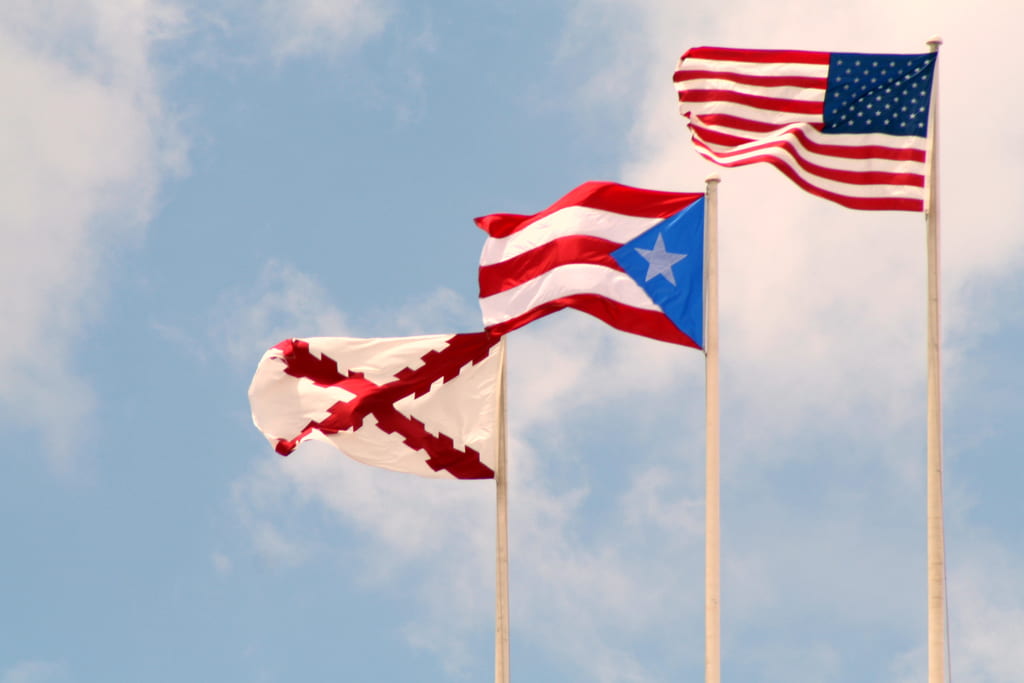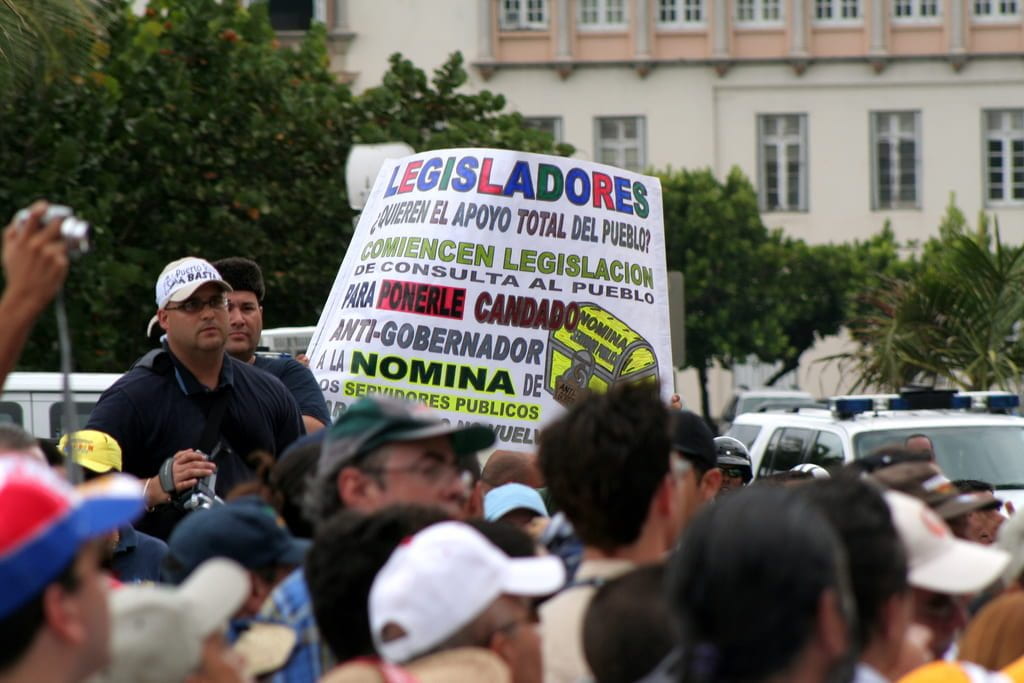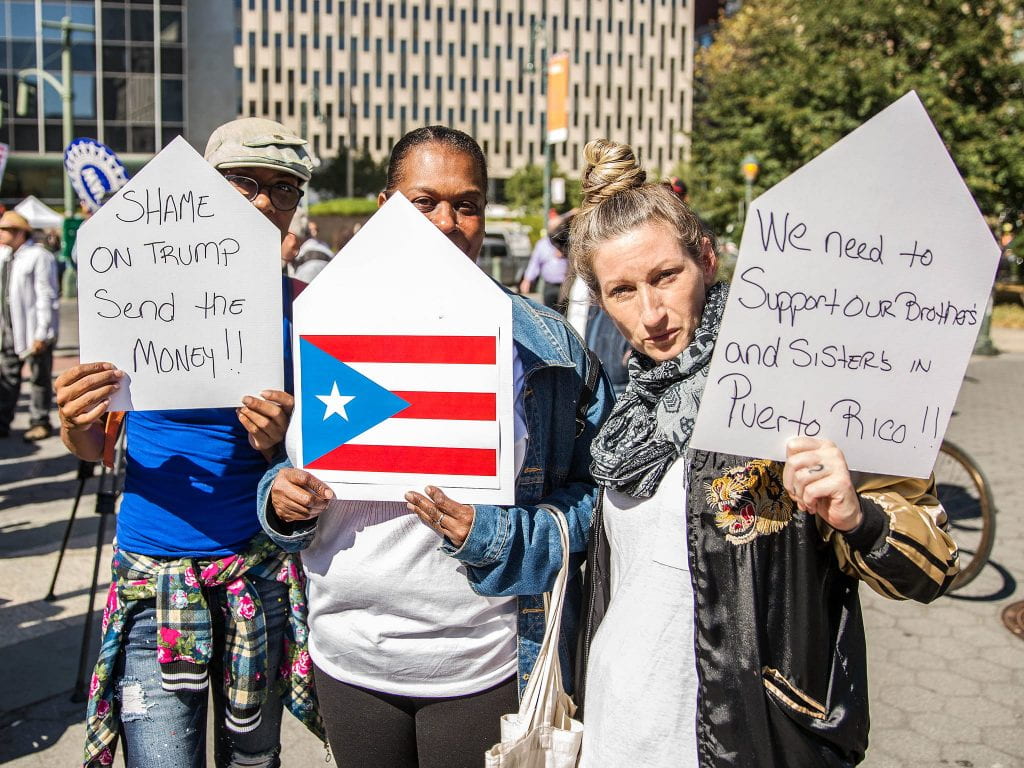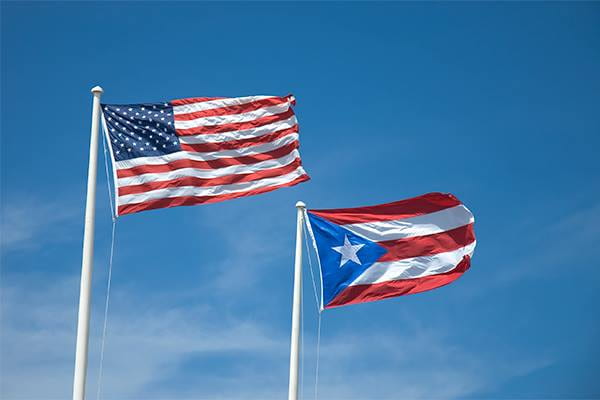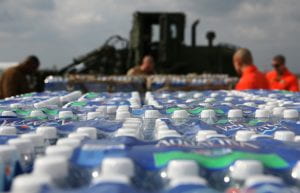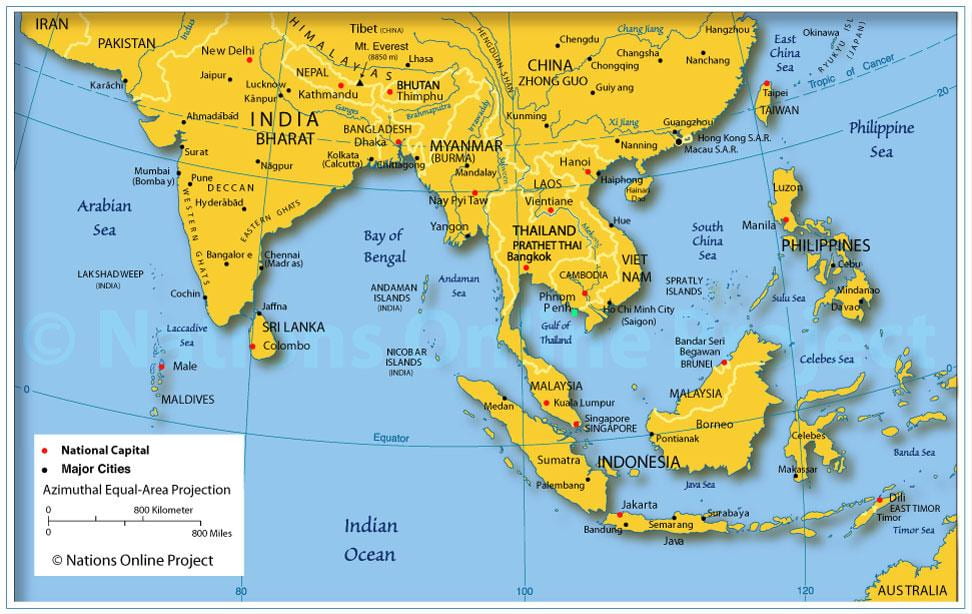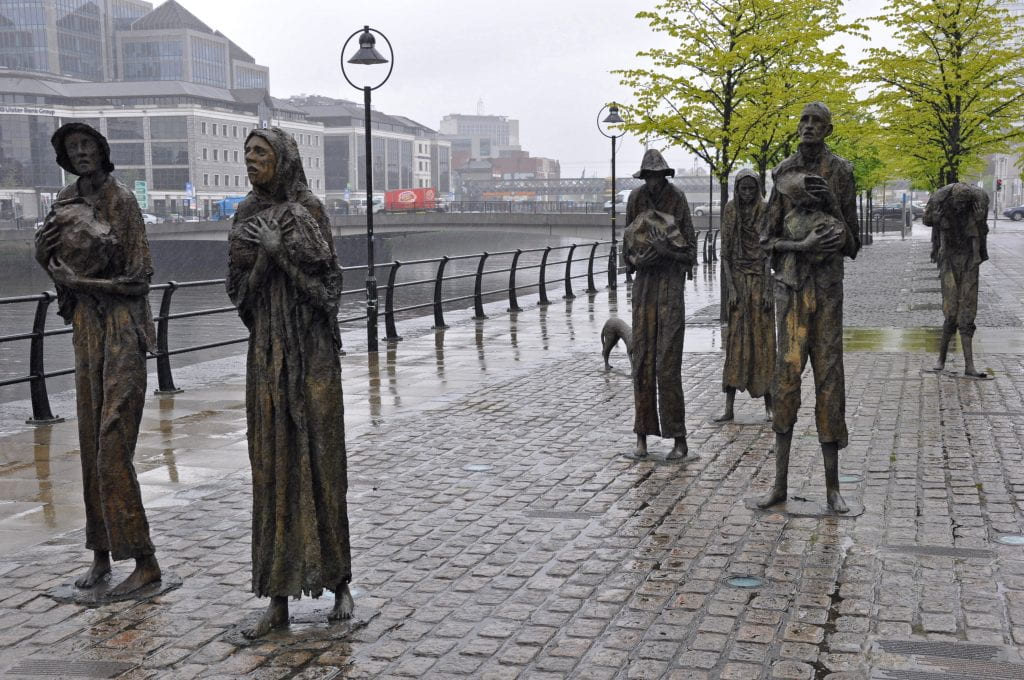by Nicole Allen

“We are coming to Washington in a poor people’s campaign. Yes, we are going to bring the tired, the poor, the huddled masses…. We are coming to demand that the government address itself to the problem of poverty.” – Reverend Dr. Martin Luther King Jr., 1967
In his last sermon, King echoed the words on the base of the Statue of Liberty to call for national and global attention to address the dire economic circumstances of the poor. He and others founded the Poor People’s Campaign to influence how Americans view poverty. While the 1960s are behind us, poverty is not. A new organization, a new Poor People Campaign, aims to address continuing economic privation.
Dr. King and the Southern Christian Leadership Conference organized the Poor People’s Campaign (also known as the PPC and the Poor People March) following sustained civil rights action and hard-won legislation. These actions and laws included bus boycotts, sit-ins, freedom rides, the formation of the Direct Action Task Force, and the passage of the Civil Rights Act of 1964 and the Voting Rights Act of 1965. From its beginning in 1968, the PPC advocated wages that were high enough to support a “decent life.” It strove to become a powerful, social force to change how America understands poverty and worked to end it. It criticized the portrayal of stereotypes of the nation’s poor as dirty and unhealthy. The Poor People’s Campaign was a populist struggle against economic inequality and a reform movement that questioned how race related to economic and political power. Poverty and prejudice were “related enemies,” according to King. He believed that the poor could effectively confront the power structure if they had economic security, expanded education opportunities, improved housing, and unemployment income.
King recognized that poverty, racism, and power were (and are still) intricately linked. He claimed that, “African Americans are not truly free until they reach economic security.” In 1968, a PPC brochure proclaimed, “Poor people are kept in poverty because they are kept from power.” The organization lobbied against dehumanization and poverty wages. It advocated for changes in the federal food program and a significant expansion of food stamps.
Even though King mentioned “racial imperialism” as the primary cause of poverty among African Americans, his anti-poverty proposals were not limited to black Americans.
A committee of hundred religious leaders from several racial backgrounds helped organize the PPC. More than fifty multiracial organizations attended the first meeting in Atlanta, Georgia, in March 1968. Attendees hoped to organize a march of thousands of people on Washington, DC to unify the nation. These plans shattered with the assassination of Reverend King in Memphis, Tennessee, on April 4, 1968.
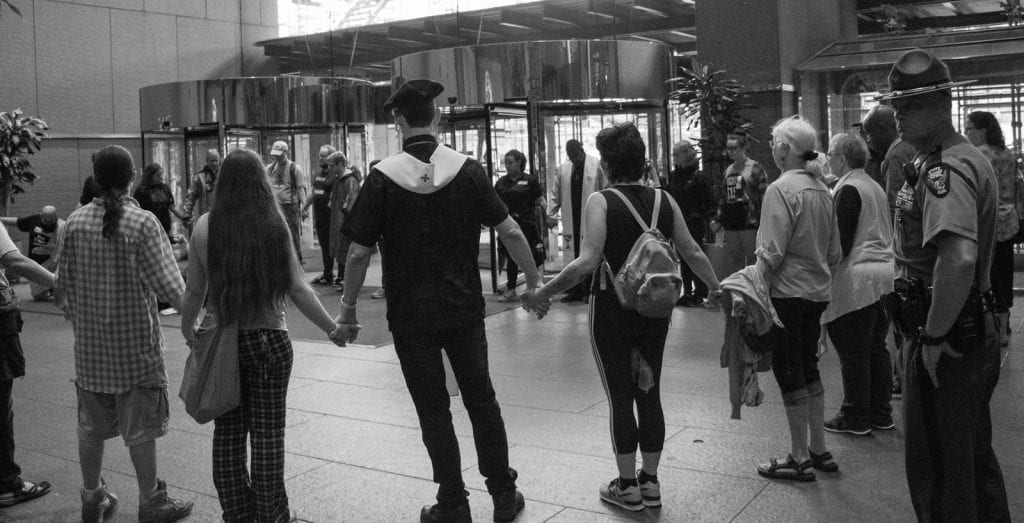
Following this blow, the key leaders of the PPC, including the SCLC’s new president, the Reverend Ralph Abernathy and King’s widow Coretta Scott King, worked to coordinate a new march on Washington, DC. Their goal was to pressure Congress to pass legislation to address employment and housing issues as well as fund a war on poverty. The planned PPC march of 1968 divided into three stages. The first stage was the creation of Resurrection City, a makeshift town at the National Mall from Washington Monument to the Lincoln Memorial. In May and June 1968, this 15-acre urban area served as the home of 1,500 to 3,000 occupants of different racial backgrounds. Resurrection City included a makeshift city hall, a clinic, a general store, and a day care center named for Coretta Scott King. Even though these amenities only covered the bare necessities, some residents received medical attention for the first time in their lives. According to the new PPC, such conditions persist in 2018, as many poor Americans lack health insurance or adequate medical care.
Resurrection City became a symbol for the PPC and made poor people and their fundamental human rights visible to the world. Sidney Poitier, Marlon Brando, and Barbra Streisand visited Resurrection City, reflecting the attention the encampment received and illustrating the longstanding relationship between celebrities and social issues that continues to this day. The activists arrived from nine regions of the country in groups called caravans. They camped in tents and endured terrible weather that brought severe rain and mud, forcing many residents to build primitive A-frame homes. Resurrection City’s permit expired on June 23, 1968. Police forcibly evicted people (sometimes with tear gas) from the settlement the next day. The second stage of the march would have consisted of hallmarks of the civil rights movement: civil disobedience, nonviolent mass demonstrations, and police arrests. The third stage of the march was a planned national boycott of large industries and shopping areas to pressure business leaders to acknowledge the movement’s demands.
Resurrection City and the other actions organized by the PPC did not produce the results King, the SCLC, and other activists had envisioned. The assassinations of Reverend King and Senator Robert F. Kennedy, and the Vietnam War hurt the movement causing many to blame Resurrection City leader Reverend Abernathy for the movement’s lack of leadership and disorganization. Racial prejudice, social frictions, and tension between Southern and Northern citizens eroded the movement further. While the movement was down, it was not out. While the Poor People Campaign’s proposed antipoverty legislation did not occur, the organization’s actions did continue discussions about poverty, race, and power. These sustained conversations helped contribute to the launch of the new Poor People’s Campaign (also known as the new PPC or the Poor People’s Campaign: A National Call for Moral Revival) in 2018. Like the PPC of the 1960s, the new PPC consists of a diverse coalition of activists battling poverty and racism, white supremacy, and greed.
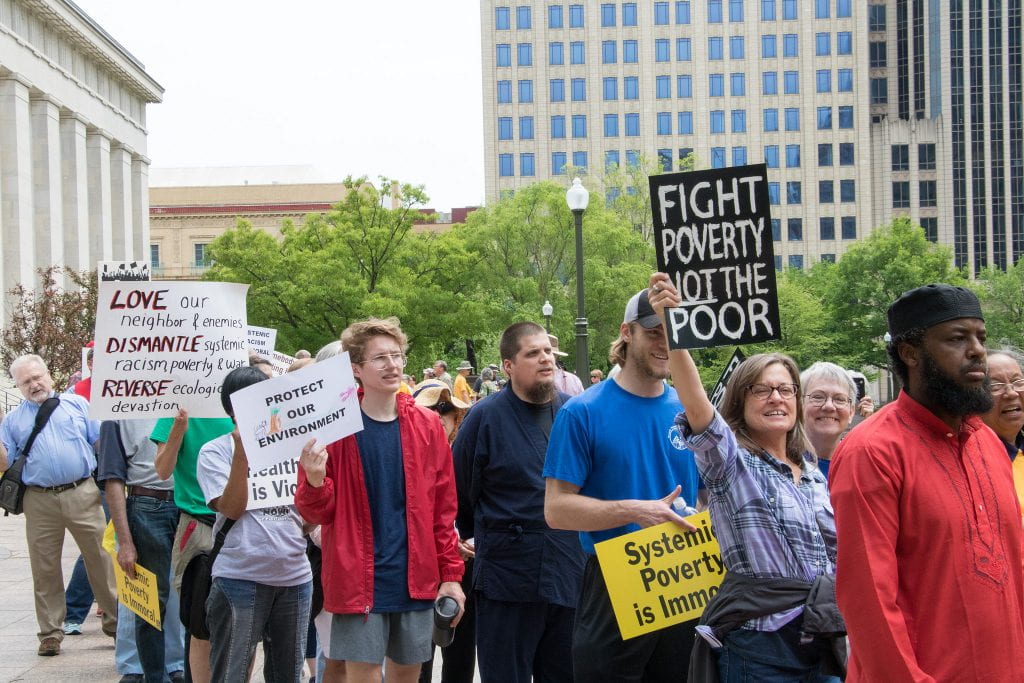
Led by Reverend Dr. William J. Barber II, a Disciples of Christ minister and the leader of the Moral Mondays Movement in North Carolina, and the Reverend Dr. Liz Theoharis, a Presbyterian minister and the co-director of New York’s Kairos (the Center for Religions, Rights, and Social Justice), the new PPC calls for a national moral revival. The organization claims that although the United States is among the wealthiest of nations, it harbors severe economic inequalities that have persisted for decades, even centuries. Americans continue segregation by their living wages, according to the PPC. The organization has chapters in most U.S. states and strives to highlight problems associated with poverty and inequality. The new PPC worries that recent U.S. federal tax cuts for businesses and the wealthy have hurt less affluent members of society. Additionally, organizers reveal concern with increased funding to battle illegal immigration and illegal drugs, which can lead to rampant addiction. It fears that this funding detracts money and attention away from much-needed poverty programs.
To counter such power imbalances, the new PPC hopes to see a reinforcement of the Voting Rights Act to reduce the voting suppression of convicted felons. The modern-day activists of the new PPC argue that negativity surrounding poverty in America has persisted for centuries. They argue that an entrenched culture of racism and discrimination exists within the economic and political systems of the United States, and favors those with large bank accounts. The new PPC wants people to reconsider how they think about poverty. It emphasizes that poor people are victims of a power struggle, not moral failures. It asks for a moral revival to combat
- While the U.S. economy has grown, the inequity between the richest and poorest Americans has also grown. Many lack money and health insurance.
- Systemic racism. Imprisoned African Americans who are unable to vote, African American residents of Flint, Michigan grappling with a tainted water supply, and Muslims and immigrants facing discrimination are all examples of racism in American society.
- In 2017, the U.S. federal government spent $190 billion on antipoverty programs while it spent $668 billion on the military.
- Ecological destruction. Flint’s tainted water illustrates how ecological problems and pollution often affect minorities and the poor, who do not have the economic or political means to combat such problems.
The new PPC also boasts some familiar faces. Bernard Lafayette, a friend of Reverend King and the national coordinator of the first PPC, joined organization to train a new generation of PPC activists.
The question remains whether the new PPC will encounter the same problems Reverend King and other organizers faced during the 1960s: Is the message heard and received?

New PPC activists arrived on Capitol Hill on February 5, 2018, to deliver their message of economic justice to the U.S. Congress. The Capitol Police asked them to leave before they gave this message. Fifty years after the formation of the first Poor People’s Campaign, it is clear that its messages and struggles endure. The new PPC organized a 40-day event in May to late June 2018 that featured nonviolent action by the poor, clergy, and sympathetic allies. Echoing the inclusiveness of the 1960s, this movement united people across race, economics, religion, gender, geography, and sexuality. Similar to the 1960s, the event featured acts of nonviolent civil disobedience, teach-ins, workshops, cultural events, and other activities. The 40-day event culminates tomorrow, June 23, in Washington, D.C. for a rally to Stand Against Poverty, Mass Rally & Moral Revival. Although the event ends, participation can continue in various activities by
- Joining an organization. Whether people join the new PPC or another organization, people can provide strength in numbers.
- Speaking out. Writing to political representatives, media outlets, and social media sites can help spread the message.
- Voting and helping others vote. Voting is another way of voicing opinions. Working at polling places, encouraging others to vote, and working for voting rights helps gives agency to more people.
